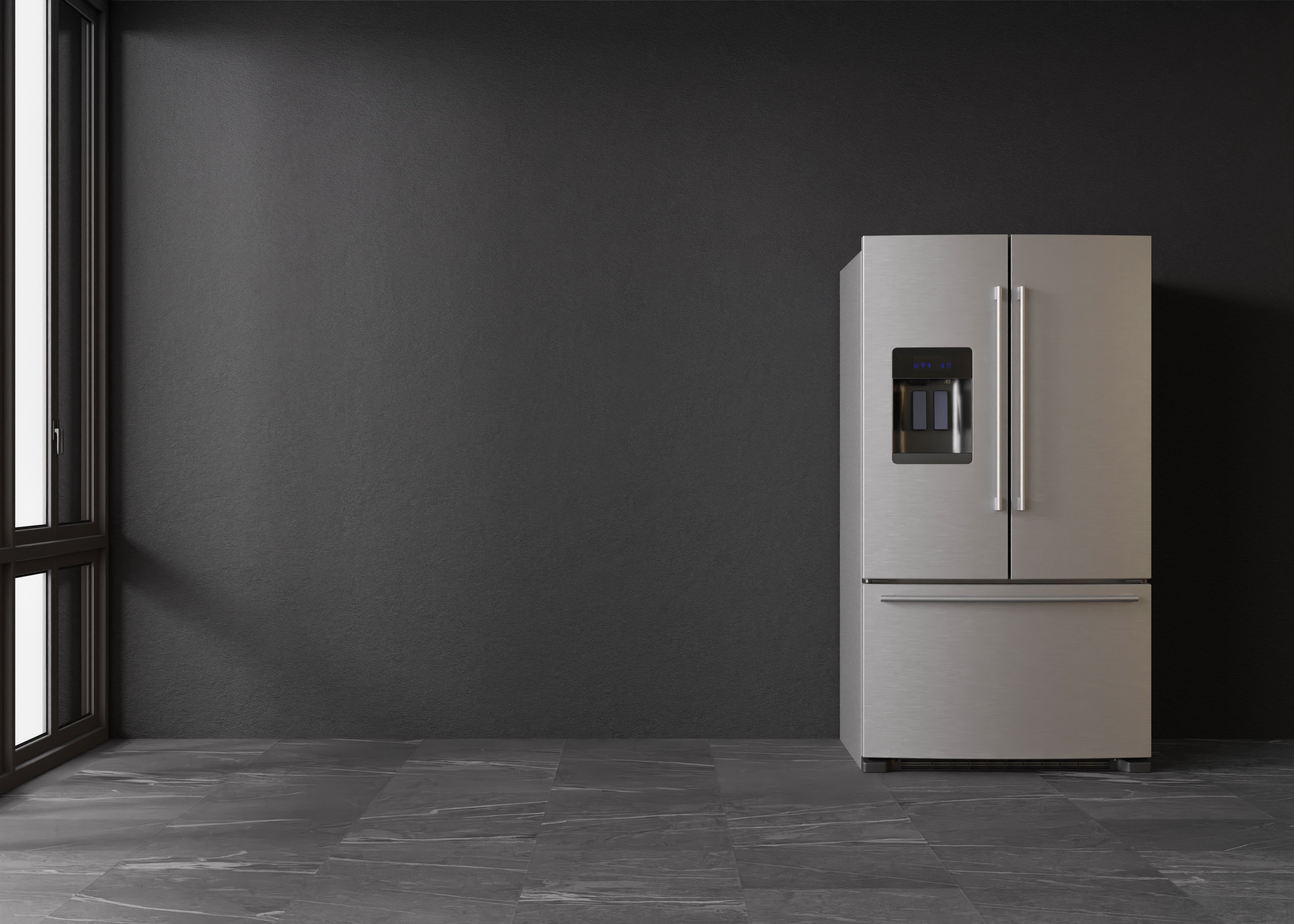Fridges And Freezers Tips That Will Revolutionize Your Life
Understanding Fridges and Freezers: The Essential Kitchen Appliances
Fridges and freezers are two of the most vital devices in contemporary kitchens. These devices serve a vital role in food preservation and waste decrease by ensuring that perishable items remain fresh and safe for intake. This post explores the various types of fridges and freezers, their functionalities, and important considerations for selection and upkeep.
Types of Refrigerators
The market offers a variety of refrigerator types, each developed to meet various consumer requirements. Below is a list of the most typical types of fridges:
Top-Freezer Refrigerators
- Most common type.
- Freezer compartment is situated above the refrigerator area.
- Generally more inexpensive and energy-efficient.
Bottom-Freezer Refrigerators
- Freezer lies at the bottom.
- Permits easier access to fresh products at eye level.
- Often features pull-out drawers for much better organization.
Side-by-Side Refrigerators
- Refrigerator and freezer areas are adjacent.
- Suitable for narrow kitchen areas and allows simple access to both compartments.
- Typically includes water and ice dispensers.
French Door Refrigerators
- Integrates a bottom freezer with double doors at the top.
- Deals ample storage and elegant styles.
- Often consists of features like temperature-controlled drawers.
Compact Refrigerators
- Smaller sized size perfect for limited spaces.
- Frequently utilized in dormitory spaces, studio apartments, or as secondary fridges.
Table 1: Comparison of Refrigerator Types
Type
Advantages
Downsides
Common Size
Top-Freezer
Budget-friendly, energy-efficient
Less hassle-free access to the freezer
14-30 cu. ft.
Bottom-Freezer
Much easier access to fresh food
Freezer can be harder to arrange
19-30 cu. ft.
Side-by-Side
Easy access, water/ice dispenser
Narrow vs. storage space
22-30 cu. ft.
French Door
Trendy, roomy, arranged
More pricey
20-30+ cu. ft.
Compact
Space-saving, portable
Minimal storage
1.7-5.5 cu. ft.
Types of Freezers
Freezers are a similarly important appliance for food preservation. Claud Stanard can be found in various designs designed to fit various household needs. Think about the list below types:
Upright Freezers
- Run like a basic refrigerator with vertical storage.
- Simpler to organize with shelves and compartments.
Chest Freezers
- Large, horizontal style normally providing more storage space.
- Maintains temperature levels better during power outages.
- More energy-efficient than upright designs.
Portable Freezers
- Compact systems perfect for outside activities or little spaces.
- Frequently used for camping trips or as short-term storage.
Table 2: Comparison of Freezer Types
Type
Benefits
Downsides
Normal Size
Upright Freezer
Simpler to arrange
Less energy-efficient, more floor area
5-20 cu. ft.
Chest Freezer
Holds more items, energy-efficient
Harder to arrange
5-25 cu. ft.
Portable Freezer
Compact and flexible
Limited storage capacity
1-10 cu. ft.
Key Features to Consider
When choosing a fridge or freezer, customers need to bear in mind a number of functions that can improve performance:
- Energy Efficiency: Look for designs with the ENERGY STAR certification to save on electrical power expenses.
- Storage Capacity: Evaluate storage needs based upon family size and consuming practices.
- Temperature Control: Some home appliances provide digital controls for accurate temperature settings.
- Adjustable Shelving: Customizable shelving permits for ideal company.
- Water and Ice Dispenser: Offers convenience but can take up important area inside.
- Sound Level: Sound ratings can affect convenience, specifically in open-concept homes.
Advantages and disadvantages of Having a Fridge and Freezer
While fridges and freezers are essential technologies, they also have certain benefits and drawbacks:
Pros
Cons
Maintain food life-span and decrease waste
Need regular upkeep
Enable bulk purchasing and meal prepping
Can be expensive to purchase and run
Offer convenience and quick access to food
Inhabit substantial kitchen space
Maintenance Tips
To make sure longevity and optimum performance of fridges and freezers, consider the following upkeep ideas:
- Regular Cleaning: Clean the interior and outside occasionally to avoid accumulation of dirt and germs.
- Inspect Seals: Inspect door seals routinely for leakages to maintain efficiency.
- Temperature Settings: Keep the fridge at 34-38 ° F and the freezer at 0 ° F for optimal food preservation.
- Thaw as Needed: Chest freezers must be defrosted routinely to preserve efficiency.
- Clear Air Vents: Ensure that air flow isn't obstructed to improve energy efficiency.
FAQs About Fridges and Freezers
Q1: How long can food be stored in a freezer?A: Most foods can be kept in a freezer for numerous months. Meats and poultry typically last 4-12 months, while veggies can last approximately 8-12 months.
Q2: How typically ought to I clean my fridge and freezer?A: It is a good idea to clean your fridge and freezer every 3 to 6 months, or as required when spills happen. Q3: Can I put hot food straight in the fridge?A: It is recommended to cool hot food to room temperature level before positioning it in the fridge to avoid
raising the temperature inside the appliance. Q4: Why is my fridge running constantly?A: This might be due to a malfunctioning thermostat, blocked coils, or door seals that aren't working effectively. Fridges and freezers are vital
properties to contemporary households, supplying vital services for food storage and preservation.
Comprehending the numerous types, functions, and maintenance requirements can help consumers select the right home appliances for their needs and maximize their functionality. Embracing energy-efficient models not just supports sustainable practices but also adds to significant savings on energy costs, making notified options more vital than ever. 